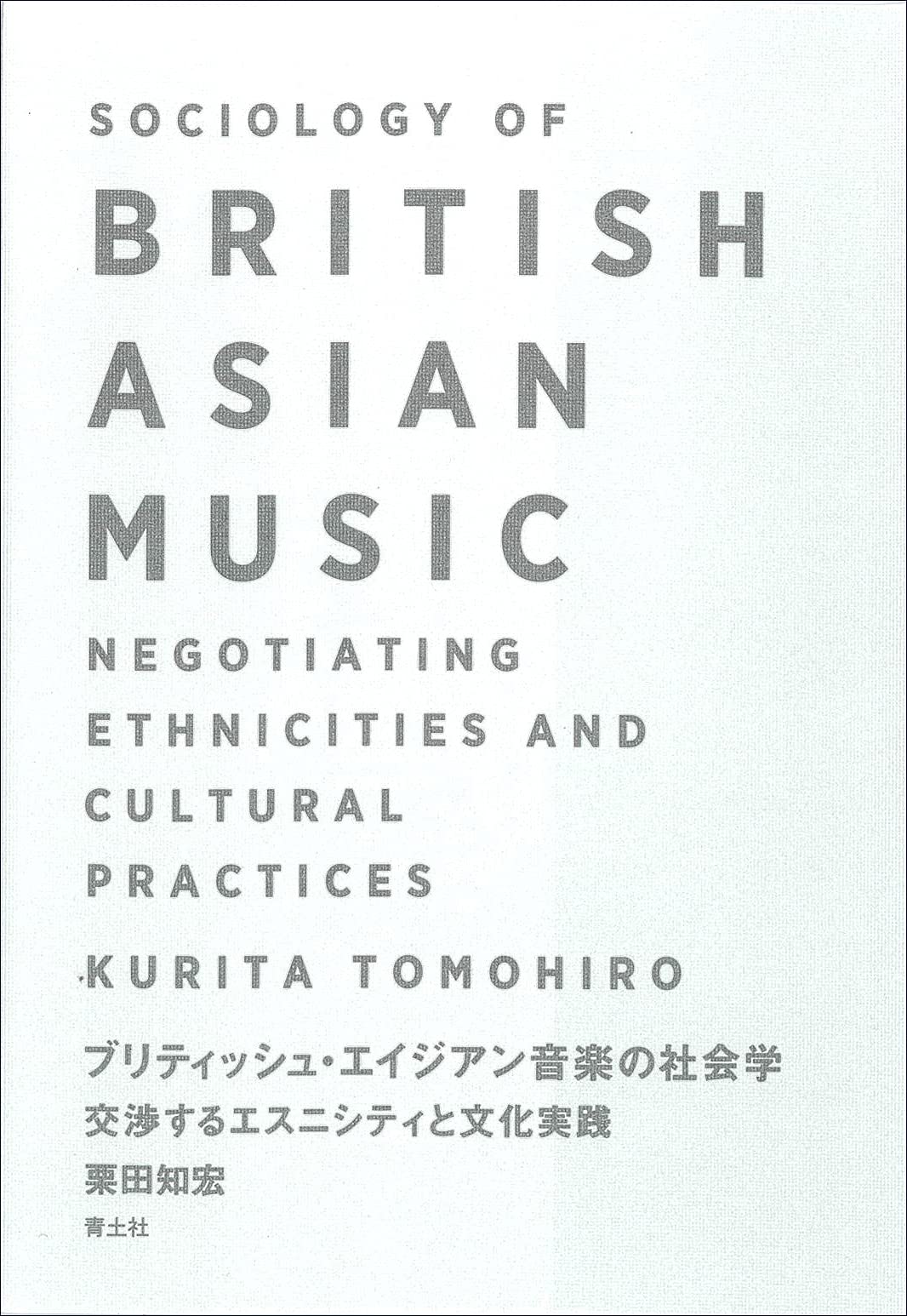
Title
British Asian Ongaku no Shakaigaku (Sociology of British Asian Music: Negotiating Ethnicities and Cultural Practices)
Size
332 pages
Language
Japanese
Released
July 01, 2021
ISBN
978-4-7917-7400-5
Published by
Seidosha
Book Info
See Book Availability at Library
Japanese Page
This book examines the case of South Asian popular music produced in Britain (i.e., British Asian music) as a vehicle for exploring the diversity within an ethnic minority community that tends to be viewed monolithically by the host society and the “jockeying for position” of different subethnicities within the community.
In Britain, “Asian” refers primarily to immigrants from former British colonies in South Asia such as India and Pakistan as well as their descendants. The term “Asian” has both the characteristic of a (post-)colonial designation imposed by the host society (Britain) as well as a self-designation of persons of South Asian descent used to refer to their own community and culture.
However, a type of cultural power relation also exists within this general, overall framework. British Asian music is a category that includes a variety of different types of music made by South Asian artists living in Britain that contain South Asian elements. Despite this diversity, Bhangra, which finds its origins in the Panjab region comprising northern India and Pakistan, always comes to the fore as representative music of the category. Meanwhile, music containing elements (language and sounds, etc.) of other regions of South Asia tends to be marginalized. When we focus our attention on this circumstance, complex interactions regarding the majority/minority status of subgroups within the Asian minority emerge.
This book takes the entire network of individuals involved in the Asian music industry as its “field” (Pierre Bourdieu) and, through interviews with 27 individuals in the industry (including artists and DJs), examines how these individuals use and assign meaning to the notion of Asians responsible for creating and maintaining this field. Based on an understanding of the field as a “space for objective relations” embedded within the macro social structure that are maintained through internal micro-interactions (as defined in Howard Becker’s concept of the “world”), the book discusses the meanings assigned to and nature of interactions among agents within the field of Asian music created by the “objective relations” of race and ethnicity within British society. In so doing, in addition to relativizing the world of meaning of the category “Asian” with those of other ethnic groups (Caucasian, Afro-Caribbean, etc.), the book verifies the effects of diverse subethnicities “jockeying for position” within the Asian minority.
It is needless to say that people’s sense of belonging and identity are multilayered as well as contextual. This book uses the music culture of ethnic minorities as a vehicle for sociological exploration of the dynamics of different levels of ethnicity that are chosen depending on context. My hope is that this book will contribute to our understanding of the dynamics of immigrants and ethnic minorities living in host societies by providing insight into the differences and diversity within such communities.
(Written by: KURITA Tomohiro / June 17, 2022)



